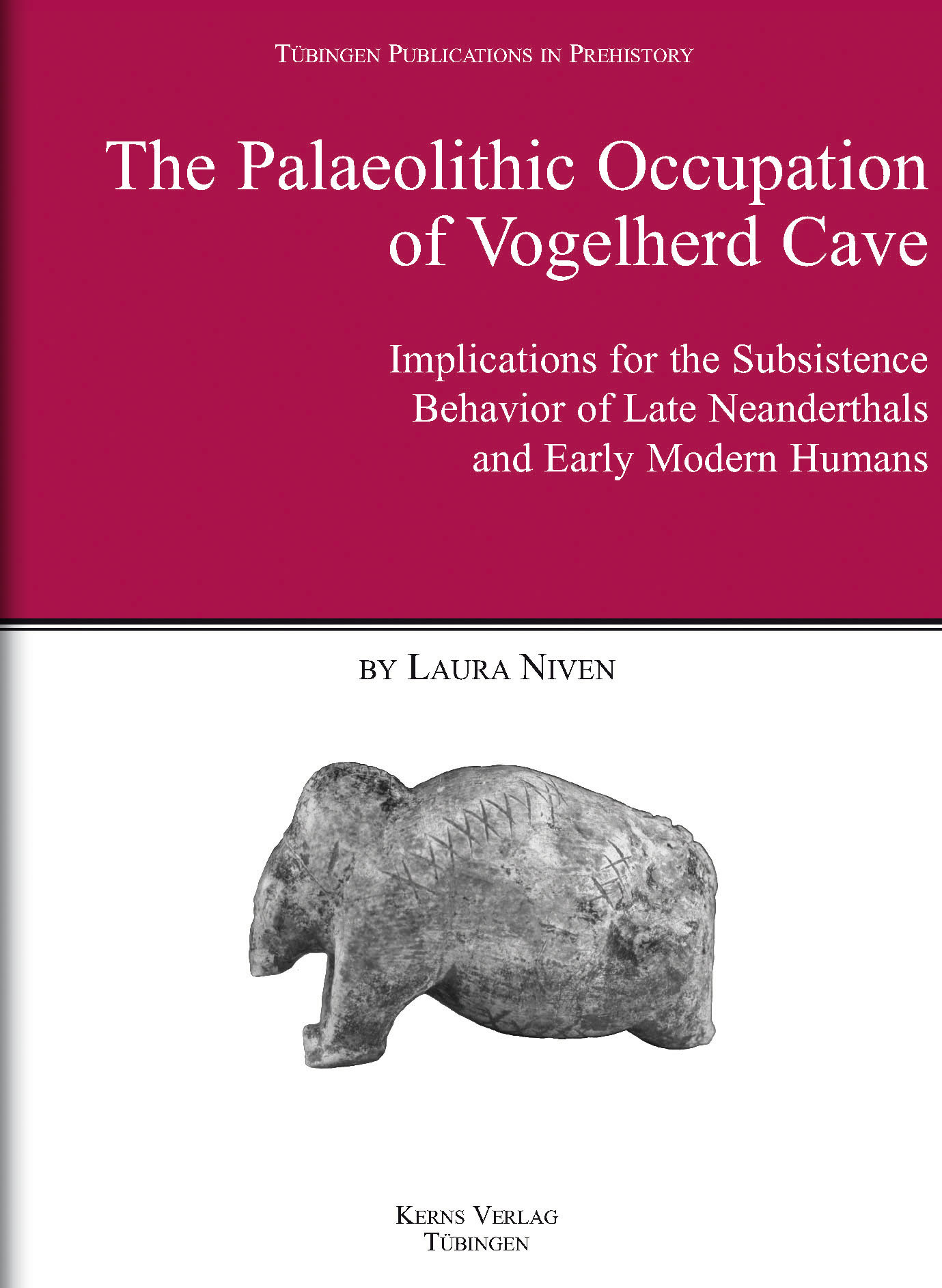Beschreibung
Inhaltsverzeichnis als PDF (englisch)
Dieses Buch umfaßt die Daten der endgültigen Auswertung der Faunareste der Vogelherdhöhle auf der Schwäbischen Alb. Niven stellt ihre Ergebnisse im Kontext einer taphonomischen und archäologischen Auswertung der mittel- und jungpaläolithischen Funde dar und zieht wohldurchdachte Rückschlüsse auf die Paläoumwelt sowie auf die Überlebensstrategien der späten Neandertaler und der frühen modernen Menschen.
Rezensionen
Niven’s goal was to determine the subsistence activities reflected by the faunal remains and…compare the organization of subsistence between the Middle and early Upper Palaeolithic. She brings to these analyses a sophisticated and comprehensive appreciation of the natural and behavioral factors influencing faunal collections, particularly in cave settings…She demonstrates not only an extensive knowledge of taphonomic problems and questions, but also familiarity with faunal studies in both Europe and North America…
Niven has done a great service in tackling this important site. Despite the problems of early excavation techniques, incomplete recording, and loss of parts of the original collection, she has brought new analytical light to bear on what is undeniably still one of the most important Palaeolithic sites in central Europe. Thanks to her research, we can now be confident in a state-of-the-art appraisal of its faunal collections and the implications for interpretations of Middle and Upper Palaeolithic subsistence behavior.
– Michael Jochim, Journal of Field Archaeology (2007)
…as Niven shows in her detailed reconstruction of Gustav Reik’s escavations in the Lone Vally, there is much to be added to our understanding of Aurignacian subsistence practices. Niven’s study of the Vogelherd fauna shows that the real cavemen in southern Germany were not Neanderthals but modern humans…They accumulated large piles of mammoth tusks and bones and selectively hunted reindeer and horse in the late summer and autumn. They transported different parts of these prey and processed them in distinctive ways. This is not specialised hunting but rather the residues from a constantly shifting pattern of landscape use that, as Niven demonstrates, extended across southern Germany and beyond.
– Clive Gamble, Journal of Human Evolution (2007)
… it is an excellent, very well-documented, clearly written, thoroughly referenced work, rescuing and making the best of a significant faunal assemblage…
… this is the definitive work on the fauna from a very important site…
– Lawrence G. Straus, Journal of Anthropological Research (2008)
